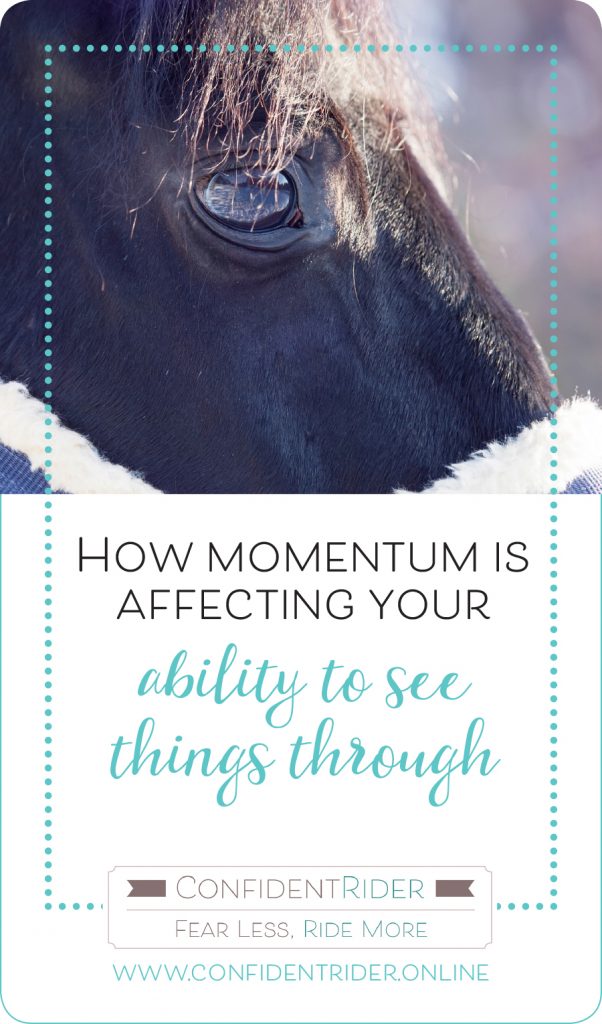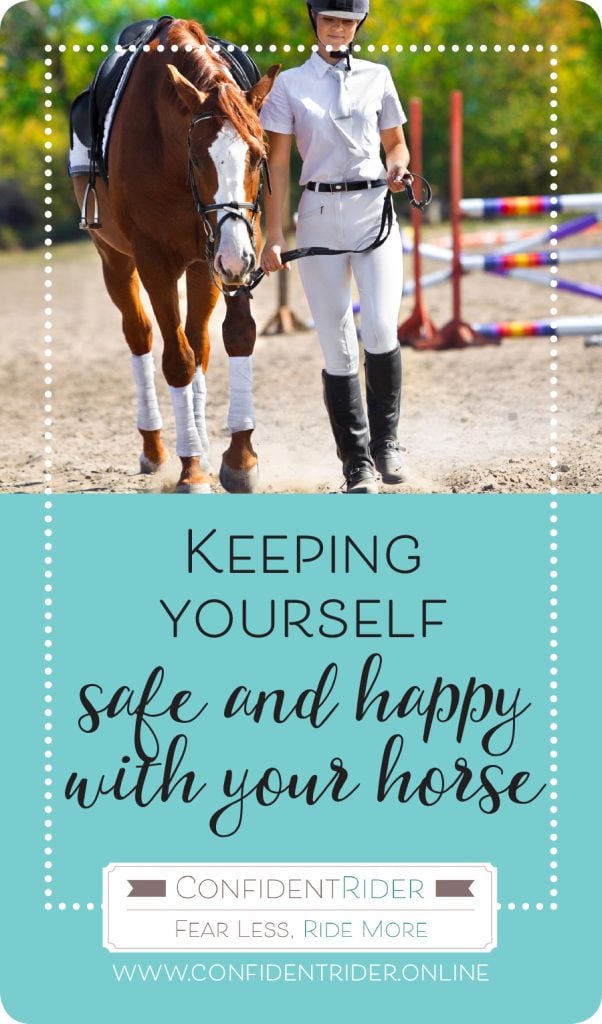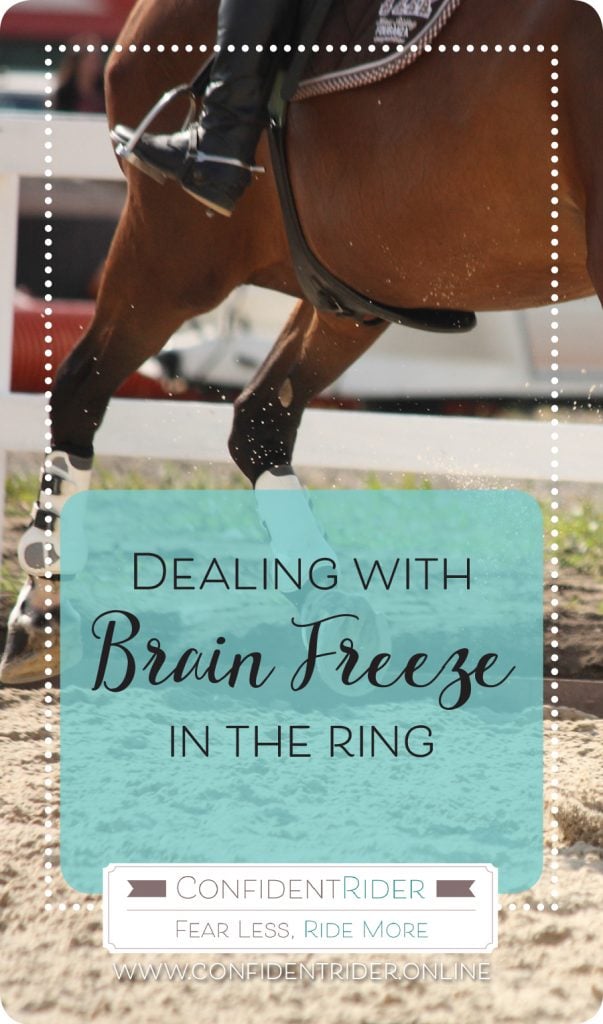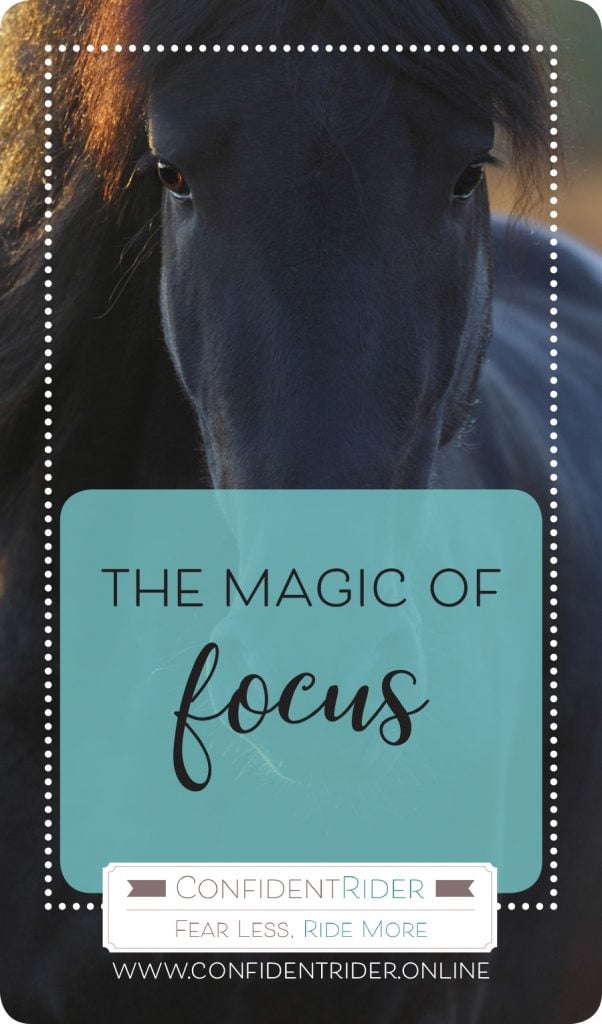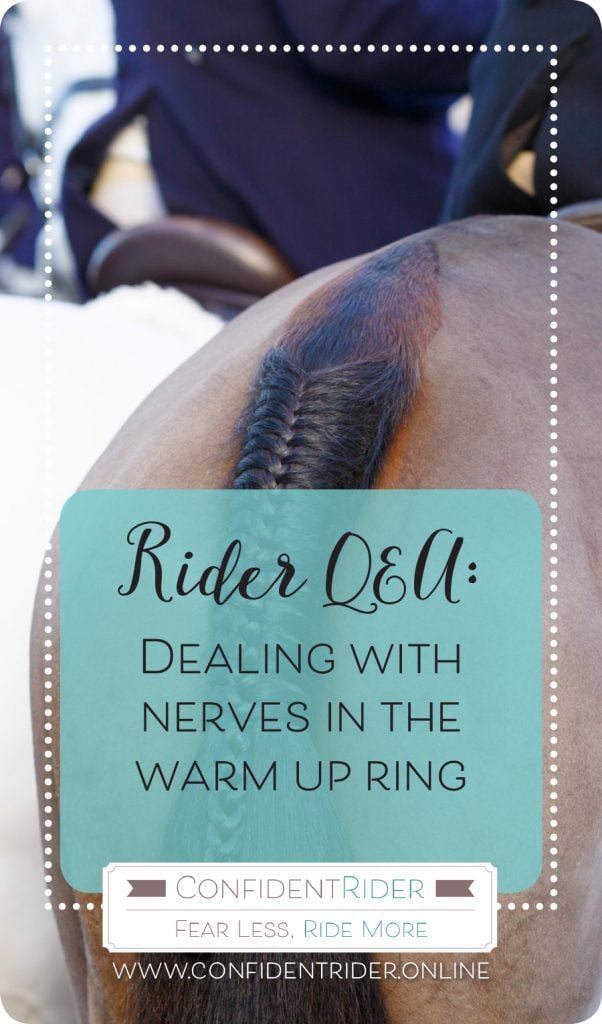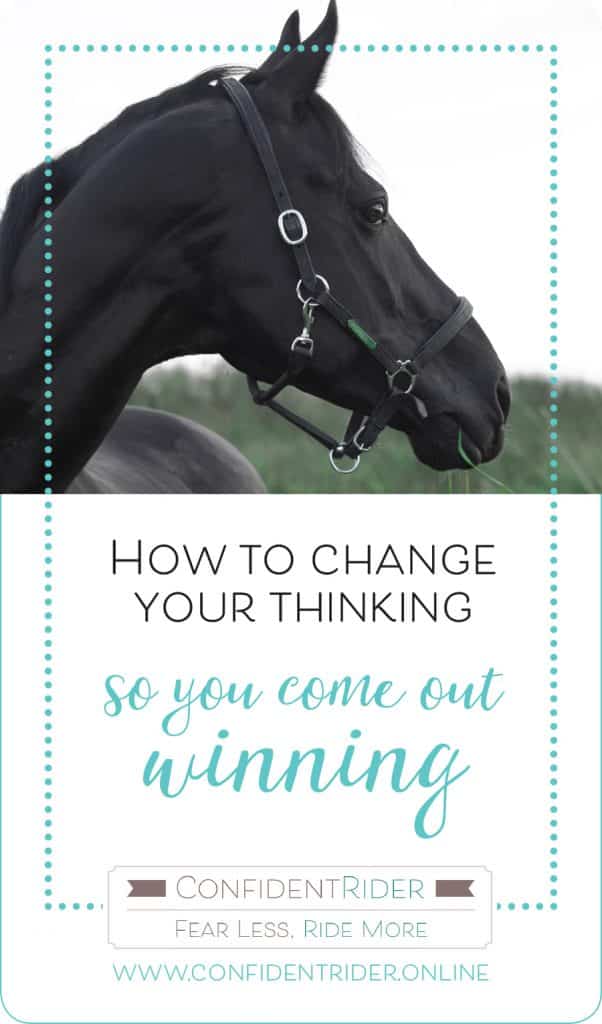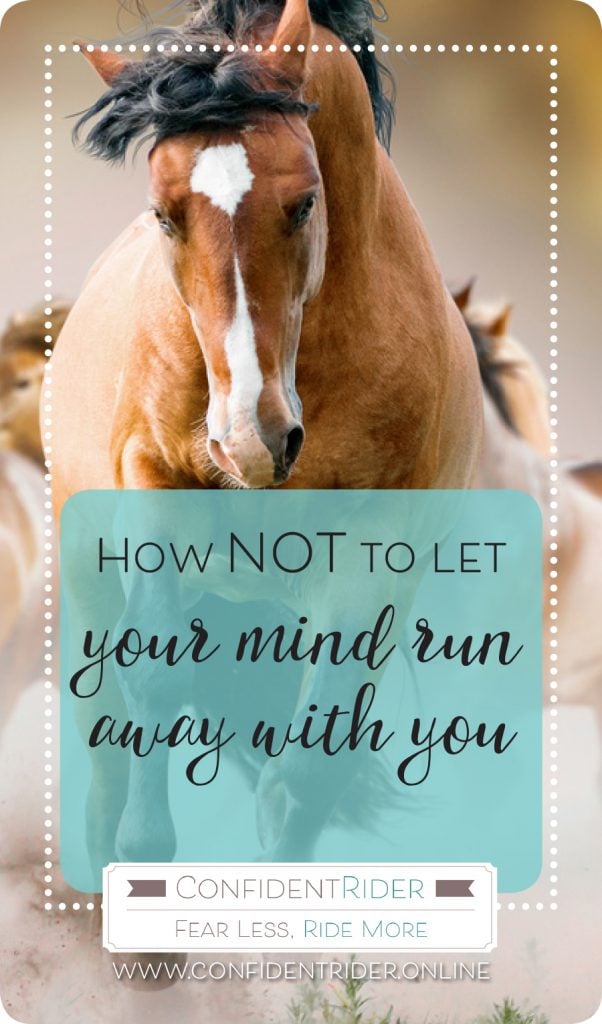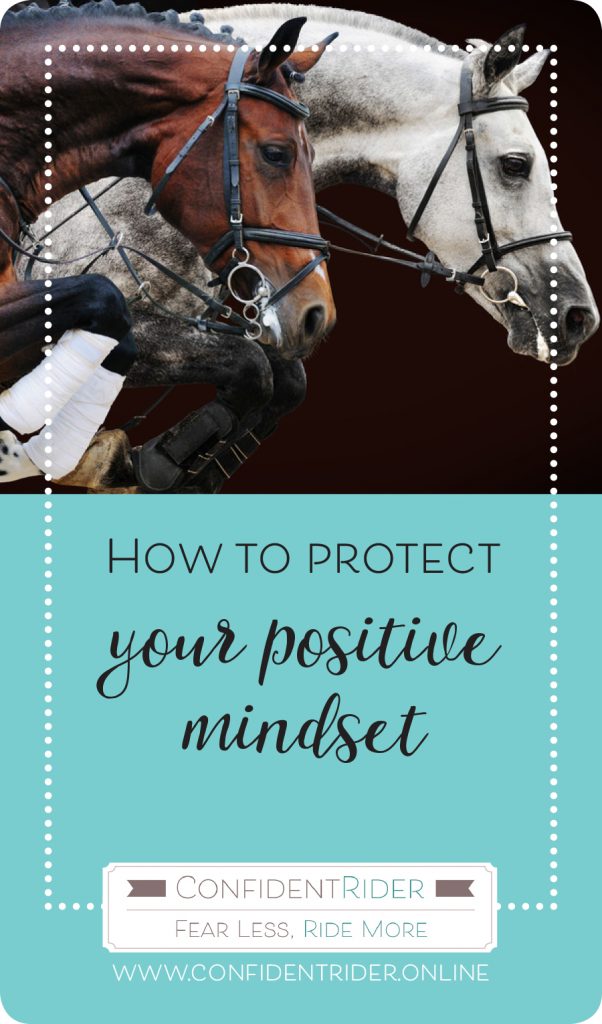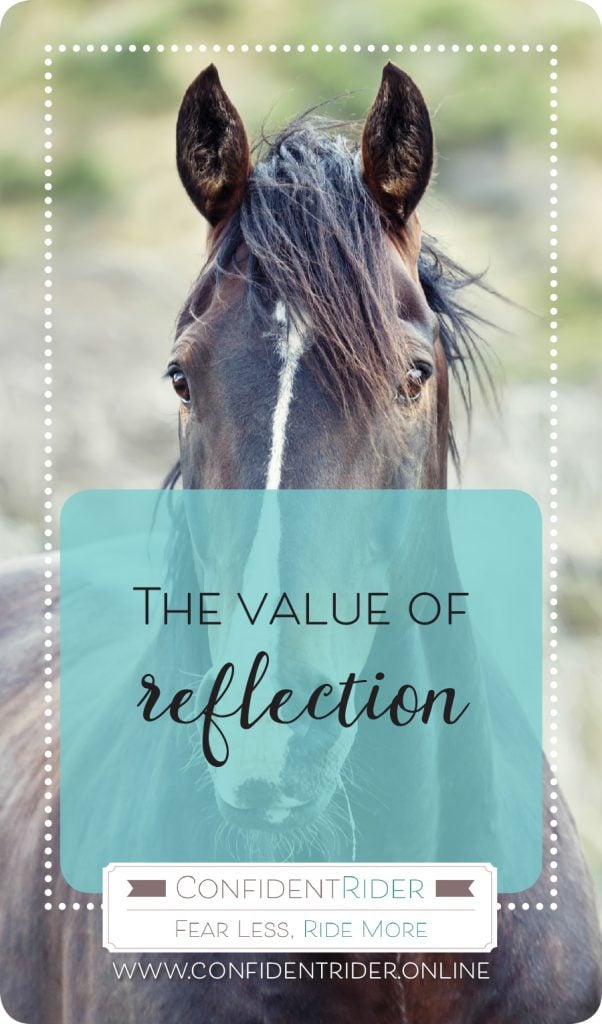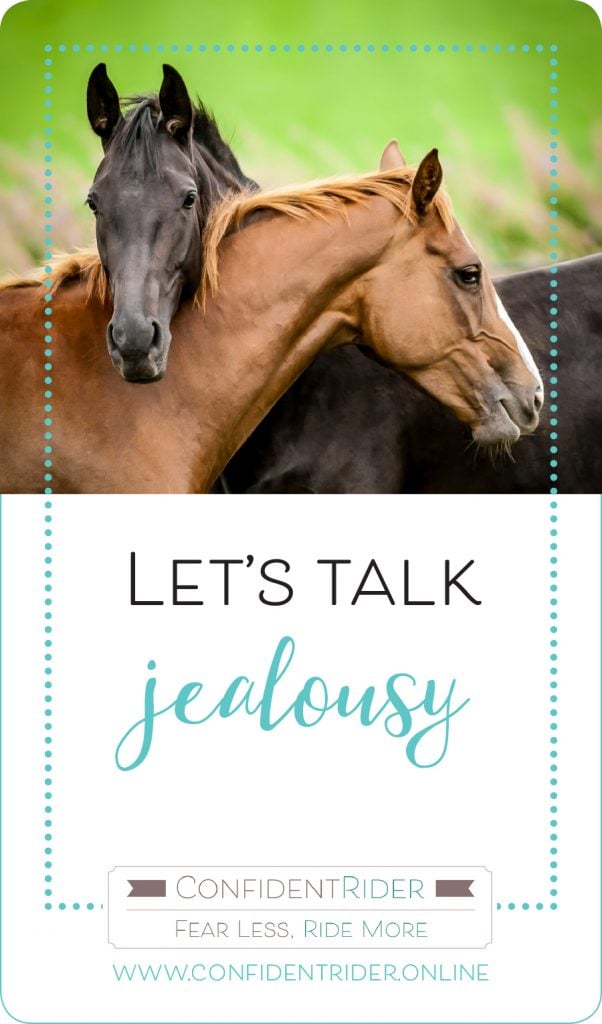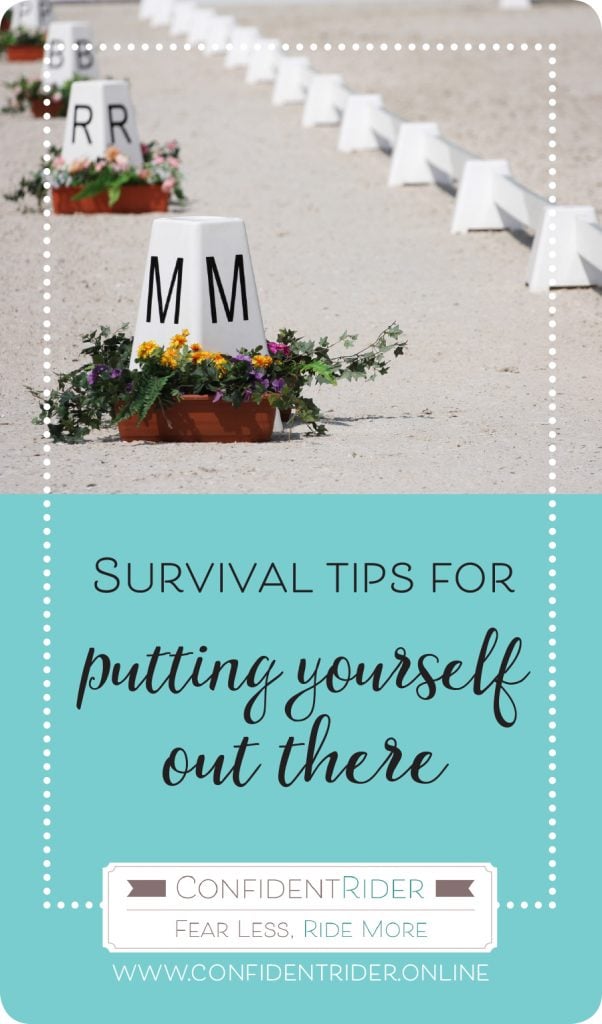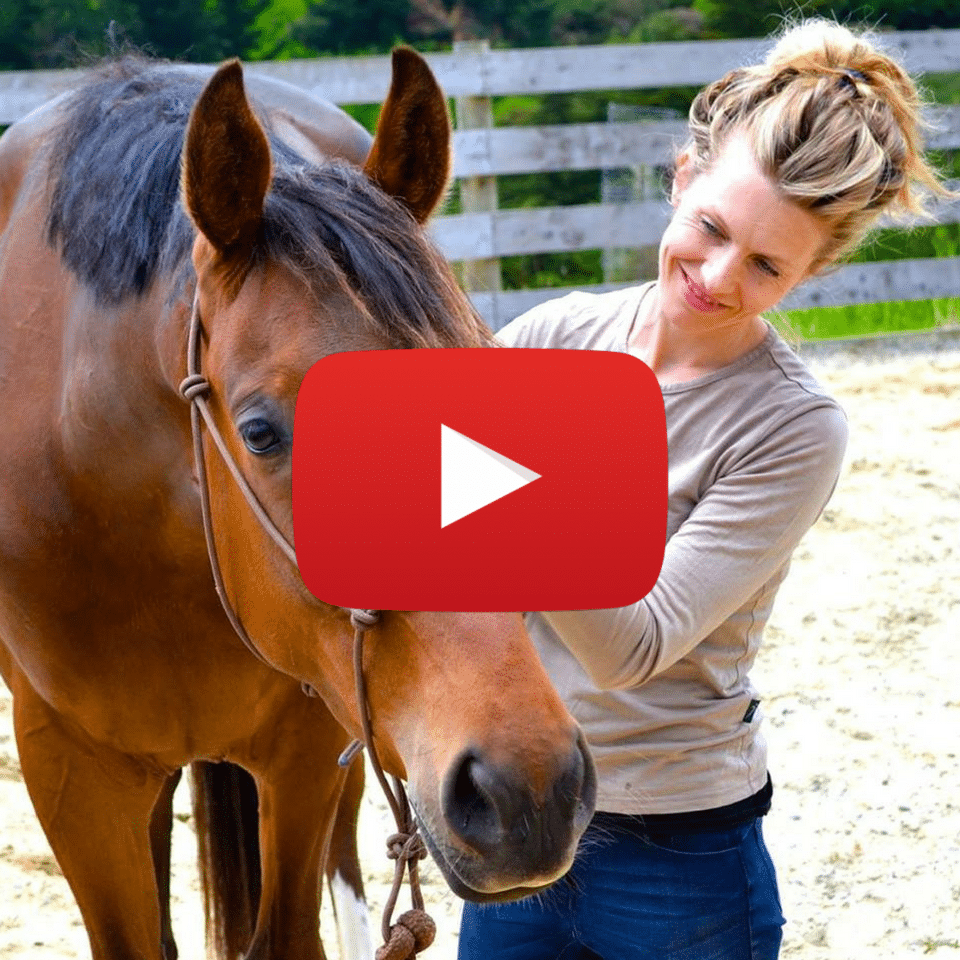As a consequence, we pick out only a handful of things to bring to the forefront of our minds, and what we pick out is based on two primary components; our focus and our underlying belief systems about who we are and what we are capable of. If we choose to direct our focus on all the areas of our riding where we feel lack, displeasure or discomfort, then all of the existing forces that would ordinarily naturally oppose this- ie the areas where things ARE working- seem to magically disappear. That don’t support the framework that we are choosing to operate under and as a result we delete them from our conscious awareness altogether.
That’s the power of focus.
Let’s talk about some ways that you can apply the Super Power that is Focus to your benefit and not to your demise!
1. Focus on what it is that you want
Most riders that I work with are exceptionally gifted at articulating what it is that they don’t want and not so good at clarifying what it actually is that they do want. As a rule of thumb, think of constantly directing yourself towards that which you are looking to create or manifest, rather than moving away from something that you are wanting to avoid.
For example, if I was to ask you what it is that you are wanting from your horse at the upcoming competition, and your answer was that you didn’t want him to be tense or anxious, you have already formed a negative focus. What you are actually wanting is for him to be calm and relaxed. How you choose to phrase what you desire will determine your focus as well as the associated images that play over in your mind when you think about the event.
Move towards something rather than away. Focus on what it is you want.
2. Focus on what’s happening right now
If you want to harness a super power, harness the power of being in the moment. If you focus is too much in the past, or projecting into the future, you can’t be offering forward the best version of yourself in the current moment.
Set your goals and work towards them with determination and dedication, but as soon as your bum hits the saddle, deal with what’s in front of you. Be the rider that your horse requires you to be from moment to moment, and focus on responding to their needs with leadership and compassion.
You can’t be two places at once. You can’t be here and there at the same time.
Always focus on the next right move for you and your horse.
3. Train yourself to focus on the positive
This doesn’t mean becoming Mary Poppins (although, frankly, she had a lot of good things to say!). Positivity is not a fixed state, but rather continuous positive action. It’s the ability to draw on the resourcefulness that you have inside of you and the means to continually ask yourself empowering questions.
What do I need to do in this moment to move forward in the best manner possible?
How do I need to behave in this situation?
What resources can I draw on that will help me progress from where I am now to where I want to be?
Positivity. Self-belief married with consistent positive action.


